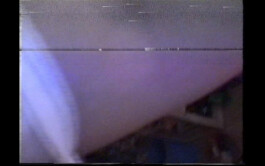
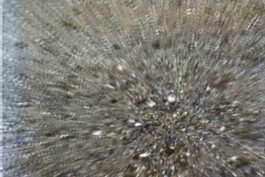

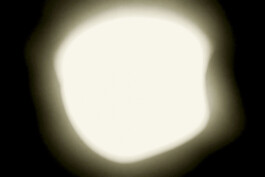
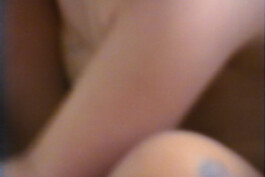

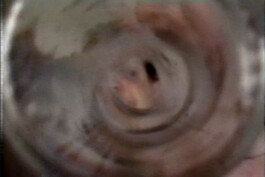
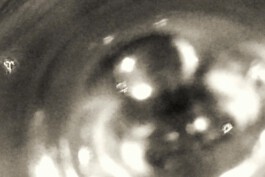
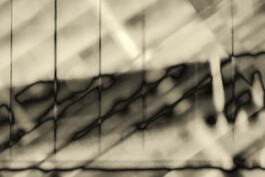
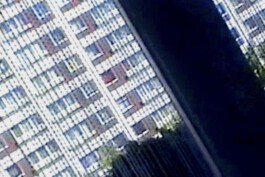



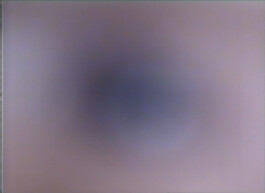


Most of our childhood memories are veiled under a curtain of memory loss. To not remember events that took place before the age of three is referred to „Infantile Amnesia“ in psychology. But it is not because newborns and infants cannot remember: they do. Our earliest memories are just encoded differently - in actions or sensations. As we learn to put our experiences into language, we unlearn how to deal with this format.
The installation thus approaches the thought: If there was any way to re-learn the language of actions and sensations, could we actually regain the lost memories?
Throughout personal family video archives, a selection of stills are put together, in which we may find hints of these lost memories. Printed seethrought material such as mesh and acrylic blocs, they resemble how clear these memories actually could be, even thought they vanish, as they are enclosed inside a strange format and material.
The acrylic blocs build up a way on the floor. Visitors have to go down to the height of an infant to see the motifs. They are animated to go with the playful nature of the blocs and their childhood-material like shape and change or rebuild the installation. With new arrangements new insightful views are build as you can see specific motifs thought the transparent parts of the other.
Between the stills of the archive, also stills of the work „(0)“ are integrated on the blocs. "0" is a a/v work, which approaches "Dissociative Amnesia", the loss of memories that is caused by traumatic experiences.
Juxtaposing both types of amnesia goes with the assumption, that no memory fundamentally gets lost, but is coded differently. So if no memory is lost, but rather not accessible, where is the forgotten history of our lives stored?





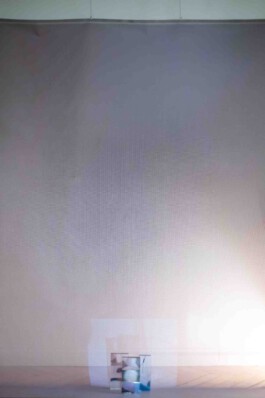
















Most of our childhood memories are veiled under a curtain of memory loss. To not remember events that took place before the age of three is referred to „Infantile Amnesia“ in psychology. But it is not because newborns and infants cannot remember: they do. Our earliest memories are just encoded differently - in actions or sensations. As we learn to put our experiences into language, we unlearn how to deal with this format.
The installation thus approaches the thought: If there was any way to re-learn the language of actions and sensations, could we actually regain the lost memories?
Throughout personal family video archives, a selection of stills are put together, in which we may find hints of these lost memories. Printed seethrought material such as mesh and acrylic blocs, they resemble how clear these memories actually could be, even thought they vanish, as they are enclosed inside a strange format and material.
The acrylic blocs build up a way on the floor. Visitors have to go down to the height of an infant to see the motifs. They are animated to go with the playful nature of the blocs and their childhood-material like shape and change or rebuild the installation. With new arrangements new insightful views are build as you can see specific motifs thought the transparent parts of the other.
Between the stills of the archive, also stills of the work „(0)“ are integrated on the blocs. "0" is a a/v work, which approaches "Dissociative Amnesia", the loss of memories that is caused by traumatic experiences.
Juxtaposing both types of amnesia goes with the assumption, that no memory fundamentally gets lost, but is coded differently. So if no memory is lost, but rather not accessible, where is the forgotten history of our lives stored?





